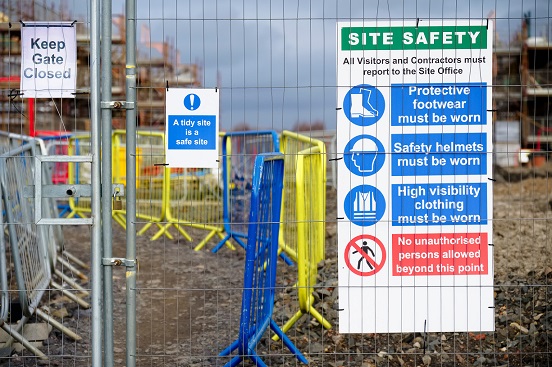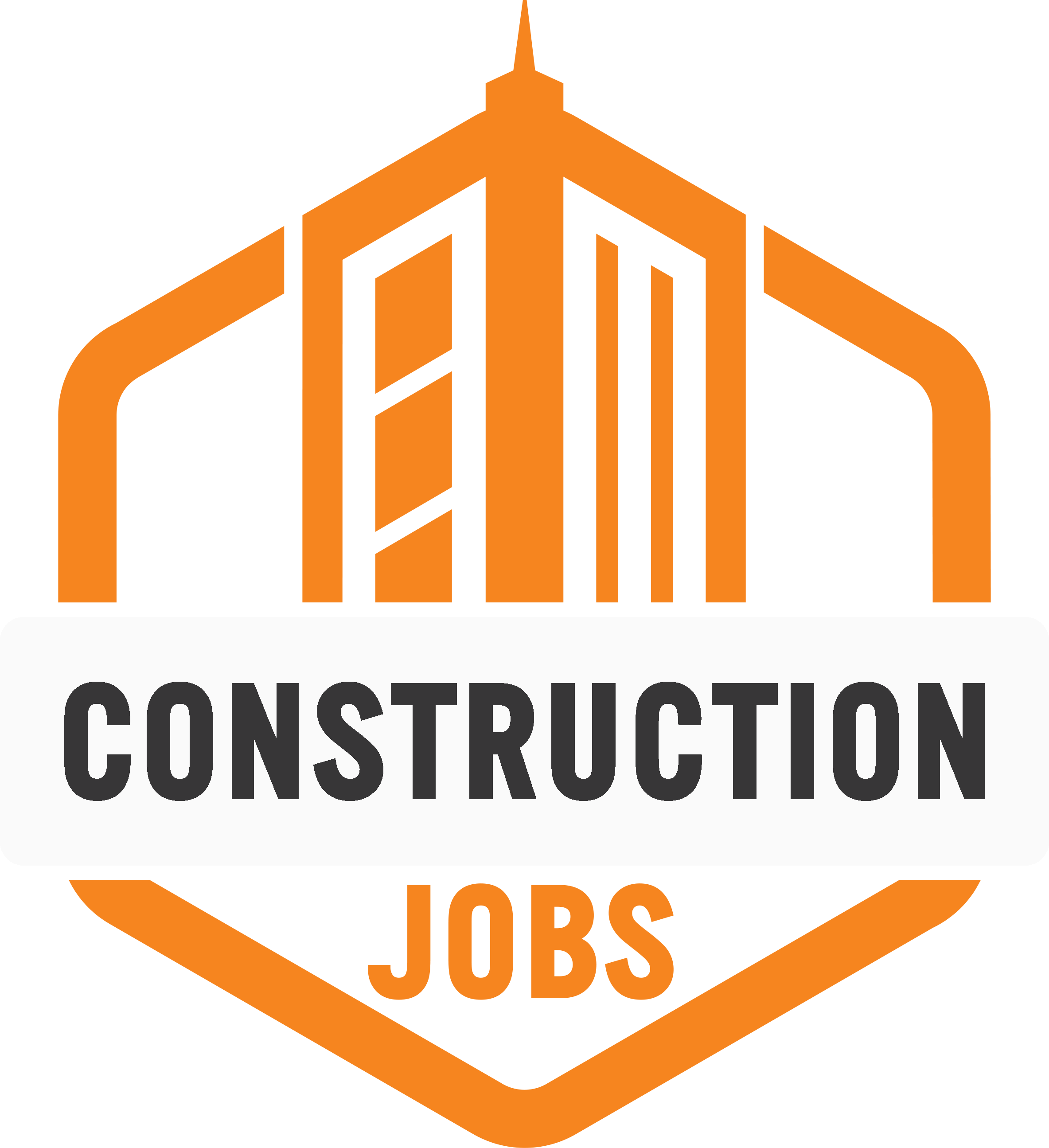7 Ways Project Managers Can Make Construction Site Safety a Priority
Prioritize safety in construction: Training, accountability, rewards, site setup, inspections, AI/IoT, and smart tech in training.

Construction is an excellent field to enter because the demand is high and there are growth opportunities across the industry. However, working at a construction site can have its dangers. Regulations help protect everybody participating in the projects, but there are extra steps you can take. These seven strategies will show you how to prioritize safety at construction sites.
1.Train and Retrain
One of the first things you can do is prioritize training from the start. If a worker is new, setting good habits from the beginning will pay off down the road because they’ll make fewer mistakes. If you’ve been in the industry long, you’ve likely seen what works and what doesn’t. Impart as much wisdom as you can from the beginning.
Emphasizing safety in the initial training is great, but you should also prioritize continued training for all employees. Ongoing training is essential because changes in the industry happen regularly. Keeping everyone updated will help workers stay safe and assist project managers in complying with safety regulations.
2.Hold Your Employees Accountable
The safety of your construction site is a responsibility everybody shares. Whether you’re the project manager, architect, contractor, or anybody else, there needs to be a system of accountability. Everybody on the construction site needs to follow the rules. If you have contractors working on a project for you for the first time, establish your safety rules early so they know what to expect.
3.Create a Reward System
One way to implement an accountability system is to reward your employees. Safety should be a requirement everybody adheres to, but a performance-based reward program could give a boost to your safety.
The prize given to the safest employees could be a monetary bonus, a gift card, or something else your employees would like. About 85% of people say they feel more motivated and engaged when financial incentives are on the line.
4.Set Up the Site Safely
With projects, a safety-oriented mindset should start when you step on the site. Setting the tone creates an atmosphere where you and your employees take pride in caring for the well-being of others. You can start a project by prioritizing safety in unloading machines.
One of the first steps in a construction project is transferring the necessary equipment to the site. Transporting bulldozers, stone crushers, excavators, and more can be challenging. Before loading, ensure you have the correct permit for any oversized machines. Check the securement points for your equipment to protect it from damage.
When unloading, following the manufacturer’s recommendations on securing is essential. Use tie-downs and edge protection to protect your equipment and your trailer when transporting. Use tools like chocks and wedges to keep your machinery steady and prevent it from rolling away. Unwanted movement by these machines can be a safety hazard.
5.Inspect the Site Daily
One way to increase safety at your site is to meet with your employees at the beginning of the day. Let them know what tasks you expect them to do and what safety measures they must follow. This meeting would also be an excellent time to address any safety concerns from the previous day or recognize exemplary safety practices by your employees.
Creating a checklist of safety procedures could be a proper way to remind your workers of what you expect and give them a mark to aim for. Encourage and incentivize your employees to say something if there are any unsafe conditions. Once the workday is complete, you should inspect the worksite and ensure nobody accidentally took any equipment they’re not authorized to have.
6.Consider AI and IoT
Companies take steps to improve safety and promote innovation through artificial intelligence (AI) and the internet of things (IoT). Taking the work out of humans’ hands and letting machines handle it makes processes more efficient and enhances worker safety across industries. It can help on the construction site, too.
Project managers can use AI to combine cost-saving and safety techniques into one initiative. For example, you could use drones to inspect construction sites instead of delegating the responsibility to a human. Sending a drone promotes safety because these machines can scan the site and alert you of hazards in the work area. Drones can be helpful for inspections before, during, and after a project.
One way you can use IoT is with gadgets that have sensors. These IoT devices can track vehicles and tools and give you real-time feedback on how they’re operating. The IoT sensors will alert you when the machine isn’t working so you can catch problems early. Mitigating issues as they appear can save money because the repair will take less time and promote safety at the workplace.
7.Use Smart Technology in Training
Smart technology like AI and IoT can help when you’re on the construction site. Other forms like augmented reality (AR) and virtual reality (VR) can help before anybody touches a machine. VR helps people in many industries practice a simulation mimicking their tasks before they do them in real life. You can scan images of the worksite and have employees use VR to show you what they’d do in particular situations.
VR is an excellent way to improve safety for trainees and your seasoned veterans. Knowing the construction site and tools prepares everyone mentally for the task ahead. Another benefit of VR is reduced costs and time needed for development. If you can see a 3D layout of the project, you can find and fix issues ahead of time. This strategy reduces the time spent reworking at the site and fosters safety by preparing ahead of time.
Promoting Safety at the Construction Site
Construction is a rewarding industry, but it comes with risks. Tasks can quickly become dangerous if project managers and employees don’t take precautions beforehand. Some of the most common construction site violations come from ladders, scaffolds, falls, and eye and face protection. Use these seven tips to comply with regulations and create a culture of safety for your worksites.
Author: Rose Morrison is a freelance writer in the construction industry and the managing editor of Renovated.
- Share This →

